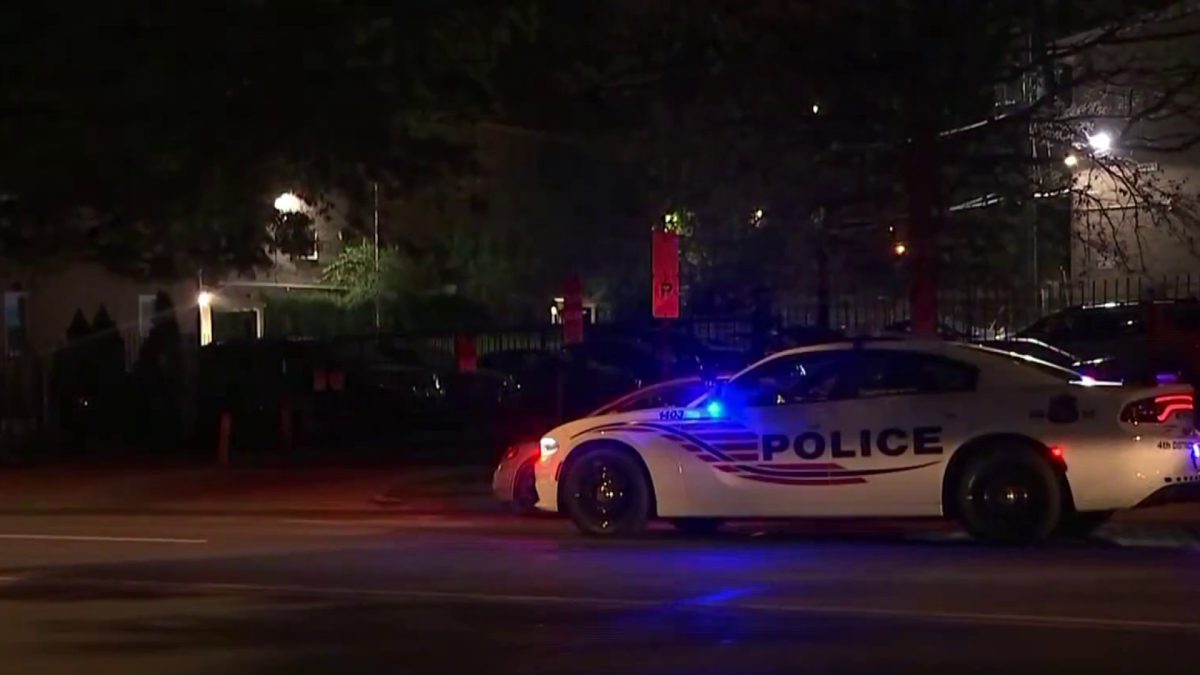There are a lot of sentences and phrases that can drive you bonkers.
“No problem,” says the wait staff or sales clerk.
“Whatever,” say the terminally bored anywhere.
“At the end of the day,” says the politician or executive summarizing something or another.
But if you ride Metro, or are thinking about riding, there is no phrase more grating — or more commonplace — than the warning: “Allow extra time.”
We hear it every day, from a host of traffic reporters and other media announcers. “Allow extra time.”
Your Notebook has one question.
Local
Washington, D.C., Maryland and Virginia local news, events and information
Who the hell has extra time?
Parents scrambling to get children to school don’t have “extra time.” College students who have early classes don’t have “extra time.” Hourly workers who could lose money — or their jobs — don’t have “extra time” to bet on whether
Metro is reliable enough to get them to work on time.
Frustrated riders of Metro are not allowing the troubled transit system extra time.
Bus ridership is down. Metrorail ridership is down.
Your Notebook has said on the WAMU Kojo Nnamdi Politics Hour that we have given up casual riding of Metro. For us, Metro is not a commuter necessity from our Southwest Waterfront stop on the Green Line. But it could be a ride to the National Mall or Silver Spring or Bethesda or H Street NE or any number of other places.
But on weekends, to get to any of those places you must “allow for extra time.” Your Notebook and so many others have realized that driving, biking or Ubering is faster, easier and cheaper if you factor in “extra time.”
We hope and believe the Washington Metropolitan Area Transit Authority’s new general manager Paul Wiedefeld and new board chair Jack Evans understand this frustration. The question is how much “extra time” commuters and casual riders will give them to fix it.
■ The 5 percent solution. Apart from the endless “track work” and “single-tracking” that is announced for any number of lines every weekend, the Metro system is struggling with an even more serious threat to its system: the fear of crime.
People know that some thieves stand ready to snatch your cellphone and jump off a rail car just as the doors are closing. People know that you don’t leave valuables sitting next to you on an empty seat.
But commuters and casual riders fear random acts of violence, whether by an individual or groups of people acting out on buses and subway cars. In some cases, there is serious violence.
This past week Metro finally and publicly acknowledged this fear. Metro Police Chief Ronald Pavlik announced that 17 officers previously assigned to guarding transfers of farebox receipts would be assigned to patrol duties.
They and other officers will step onto rail cars and step off after observing if there is any cause for concern.
The reassigned officers amount to a 5 percent increase in Metro patrols.
One frequent rider told us that he felt no safer with that 5 percent increase. “Why not 50 percent?” he asked.
Your Notebook often has wondered why there isn’t regularly a recognizable police presence on each of the system’s platforms or at the exits and entrances. To cover the entire rail system and bus routes likely would be cost-prohibitive. But insiders at Metro, including Chairman Evans, say Metro must have a system that feels safe.
As Evans told Kojo Nnamdi, the Metro system must be safe, reliable and affordable. Otherwise, what kind of system do we have?
■ All aboard. On Saturday, Mayor Muriel Bowser declared, “Let’s ride,” and the city’s long-delayed streetcar rolled along H Street NE with its first passengers.
It was a fun grand opening. The Eastern High School band entertained everyone. Past and present transportation officials circulated among the crowd. Parents hoisted children to see the ceremonies and watch the streetcar roll.
For six months this new system will be free. People will get to try out the ride for themselves. Despite no public acknowledgement, there are worries that homeless people may seek to camp out on streetcars during cold, rainy or hot weather. There were also quiet concerns that rowdy teenagers will frolic up and down H Street.
But on Saturday, joyful crowds scampered aboard the system that has cost more than $200 million and as of now doesn’t really know where it will go next. Mayor Bowser says it will go east toward Minnesota Avenue NE, but details are still to be worked out.
You might say, as we did at the top of this column, we need to “allow extra time” before we know the streetcar’s future.
Tom Sherwood, a Southwest resident, is a political reporter for News 4.



